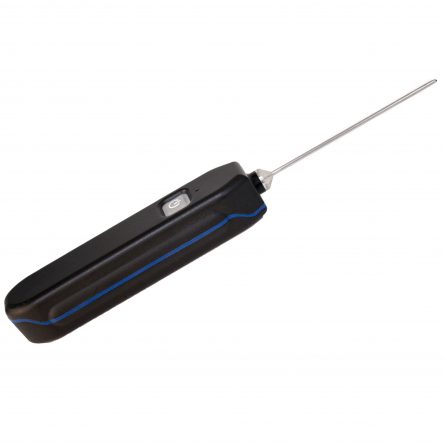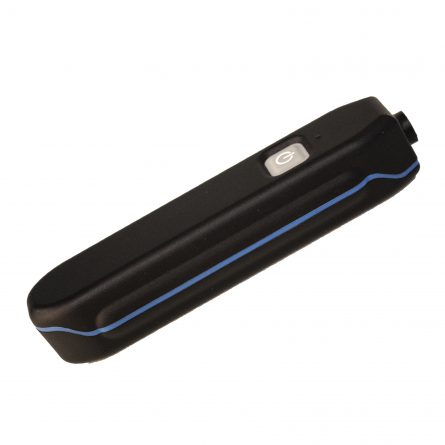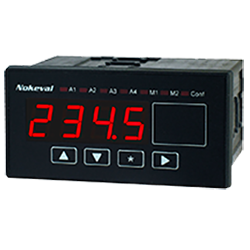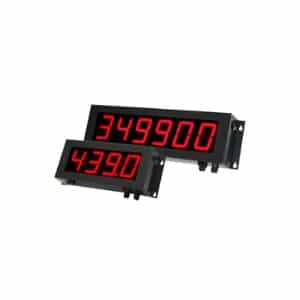Nokeval 7470 Serial to Analogue Converter
The transmitter 7470 provides an economical means of converting digital data to analogue signals, mA / V, and transmitting them to four field instruments.
Technical Details
- 4 output channels 0..20mA 4..20mA 0..5V and 0..10V
- Serial data input RS-232 and RS-485
- Simple Nokeval SCL protocol
- Configuration with a hand held programmer 6790 or by MekuWin program via a serial bus
- DIN-rail mounting (35mm)
- Power supply 18..28 VDC
Prices from £360.00
Need Some Help?






